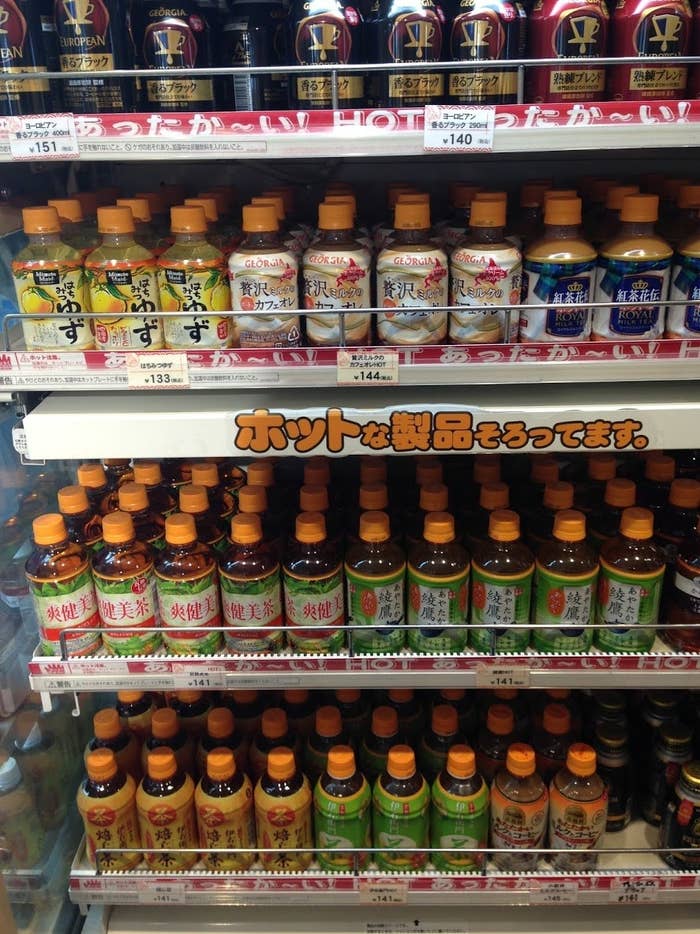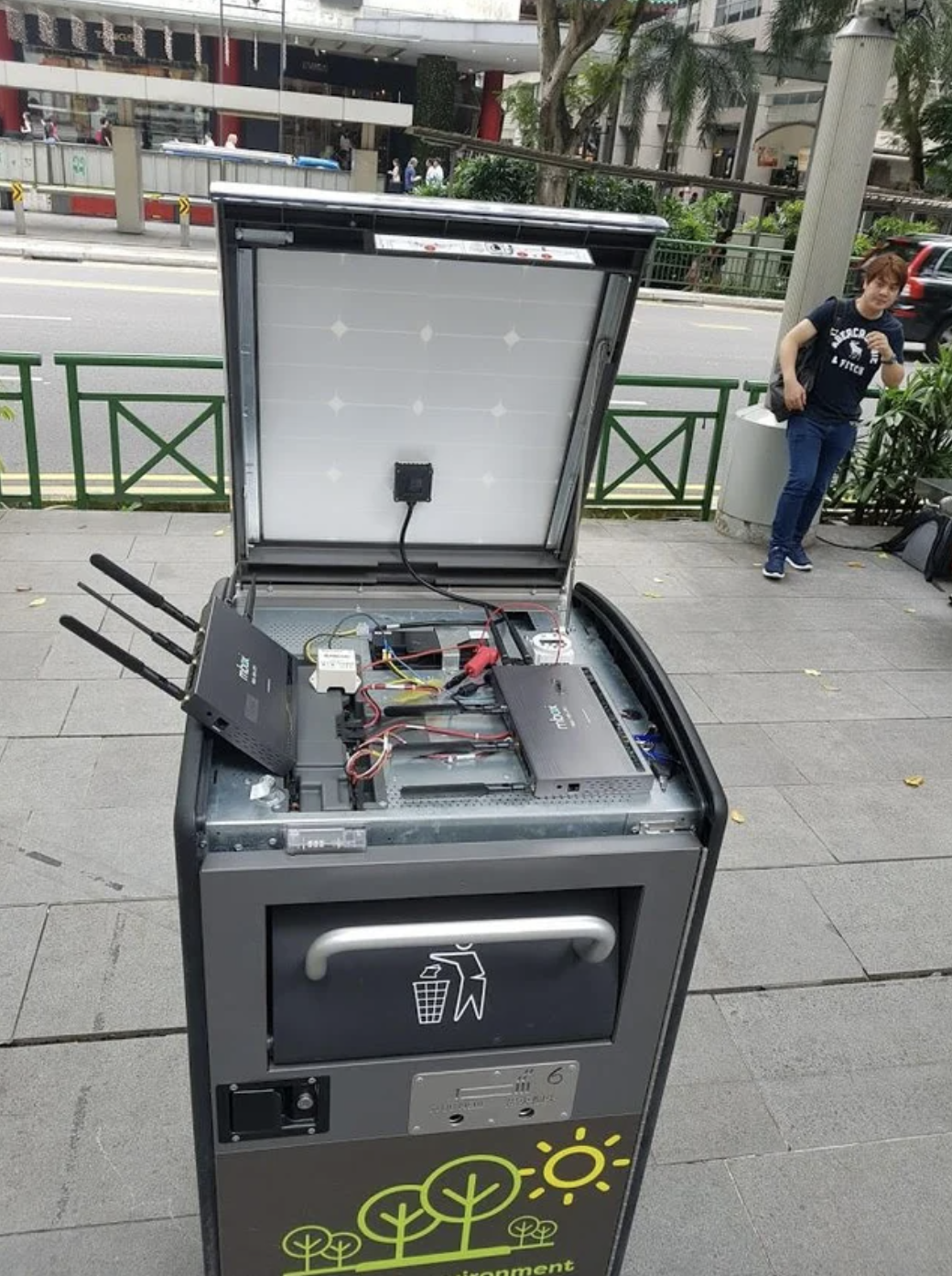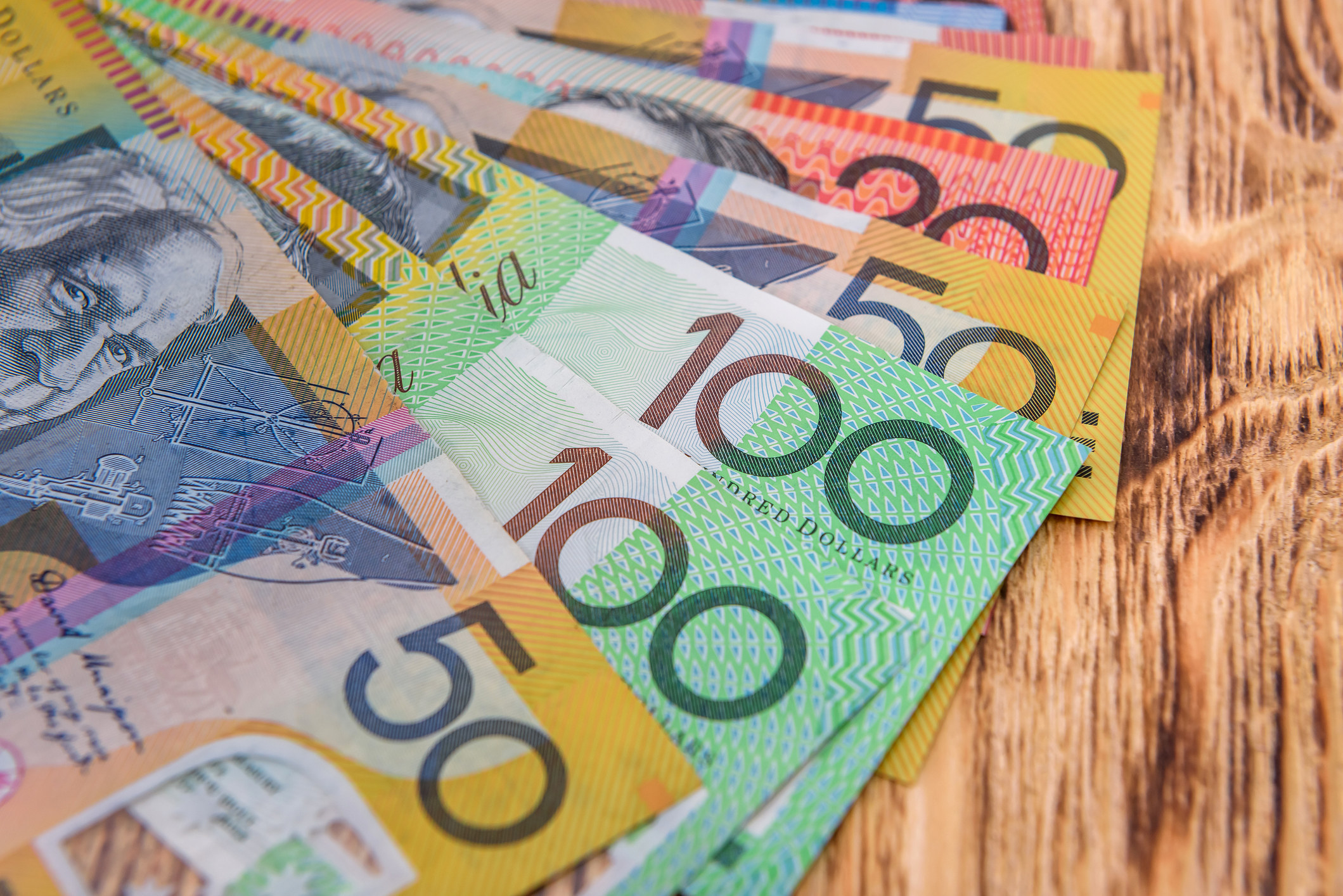1. Grocery stores dedicated entirely to frozen foods.
2. Bottled drinks that are kept warm 24/7.

3. A highway network that's built for bicycles.
4. And public share bikes that have built-in navigation systems so you can easily find your way around.
5. Stoplights on the ground at pedestrian crossings.
Nieuw soort stoplicht speciaal voor de smartphonegebruiker, Bodegraven heeft de primeur https://t.co/RKLB0uUrei
One town in the Netherlands installed lights in the sidewalk that change colors with the traffic light. The goal? To let walkers looking down at their phones know when it is — and isn't — safe to cross the road. A similar experiment has also been tried in Germany and Singapore.
6. Crosswalks where the elderly or people with disabilities can tap an ID card to request more time to cross the street.
At some Singapore intersections you can swipe your Senior’s Card and the crossing light will stay green for a little longer, giving you extra time to reach the other side of the road. I find this very touching.
In Singapore, senior citizens and people with disabilities can tap their concession cards to request more time (up to 13 seconds) to cross the road.
Check out: 21 Things Singapore Has That'll Make You Say, "Why Isn't This Everywhere?"
7. Public drinking fountains with sparkling water.
8. Price tags that reflect the *true* cost — after taxes.
9. Cheese vending machines.
10. Next-level toilets.
12. Free Wi-Fi across most of the country.
13. And public trash cans that double as Wi-Fi hotspots.

14. Restaurants that let you order your meal from a vending machine.
15. Money that's durable AND easy to distinguish.

Know of some things I missed? Let me know in the comments!
Don't forget to check out Bring Me! for all of BuzzFeed's best travel tips and hacks, vacation inspiration, and more!


